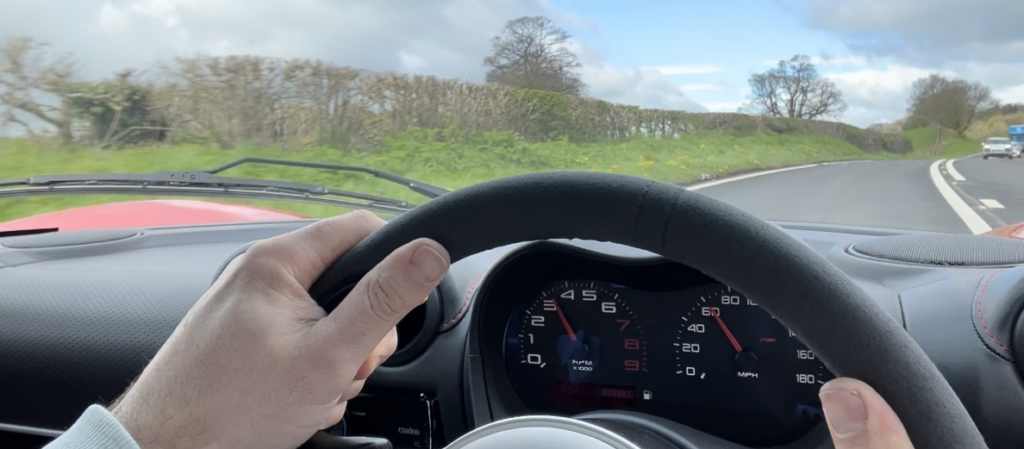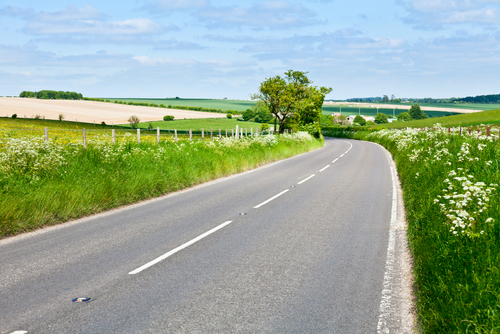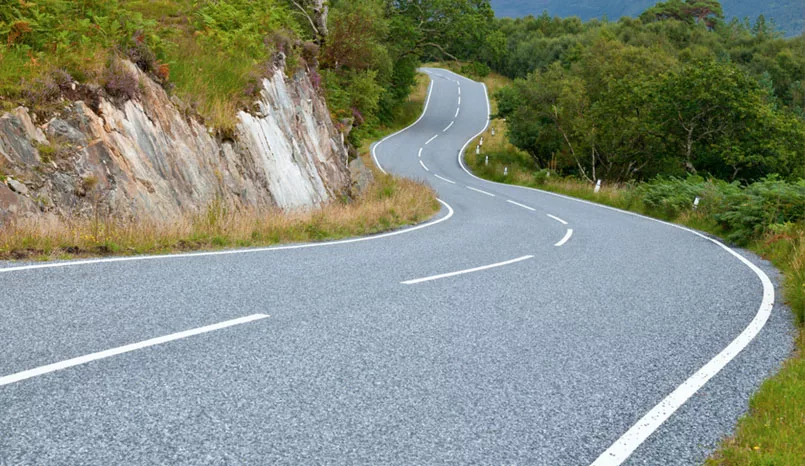You are around 11 times more likely to die on a rural road than on a motorway. Rural roads are often perceived as relaxing and scenic routes, free from the heavy traffic associated with motorways. Despite lower traffic volumes, rural roads are significantly more lethal than urban routes. A number of factors contribute to the high accident rates and fatalities on such roads.
Here are a number of reasons why rural roads are so lethal:
Higher Speeds and Less Regulation:
A dangerous combination! One of the main reasons rural roads are so dangerous is the higher speeds that vehicles travel. With fewer traffic signals, fewer 30/40 speed limits, fewer stop signs, and fewer police around, drivers are more likely to speed. Excessive speeds increase the distance it takes to respond to hazards, making it harder to avoid collisions with obstacles, other vehicles, or animals crossing the road.
Poor Road Conditions:
Many roads in the UK have deteriorated in recent years, with potholes being the main offender. This is true on both urban and rural roads. But on rural roads, this problem tends to be far worse. A mix of potholes, narrow lanes, sharp curves, worn, polished road surfaces, and inadequate signage all increase the risk for drivers. These conditions increase the likelihood of losing control, especially for drivers unfamiliar with the area or driving too fast. Additionally, weather-related hazards such as ice, fog, and flooding are more common on rural roads.

Visibility:
Unlike urban roads, rural roads often lack proper street lighting, making night driving particularly hazardous. Blind curves, overgrown hedges, and sudden elevation changes can obstruct visibility, making it difficult for drivers to spot potential dangers in time. Dazzle from oncoming vehicles at night is also another hazard to deal with.
Increased Response Times:
In the unfortunate event of a collision, emergency response times on rural roads tend to be much longer due to the remoteness of these locations. This delay in medical attention significantly increases the risk of fatalities and severe injuries. Also, it may not always be easy to spot if someone has come off the road, if they have ended up in the undergrowth or down a verge, for example.
Wildlife Risks:
Rural areas are home to a variety of wildlife, and animals frequently cross roads unexpectedly. Collisions with large animals such as deer can cause serious accidents. Smaller animals, while they may not pose as dangerous a risk as deer, can startle a driver, which can lead to serious issues.

Dips and Corners:
Rural roads have many corners, dips and cambers; no corner is the same. It’s easy to misjudge a corner, especially at night, and you can never be sure what’s around the next corner. Rural roads can be seen as a fun challenge for some, mainly younger male drivers. These roads are where most young males are killed, often but not always, at night.
Other Risks:
There are endless risks on rural roads, while some are outlined above, the list goes on, here are a few more to consider:
* Mud on the road
* Farm machinery
* Cattle
* Drink drivers
* Wannabe rally drivers
* Blind entrances
* Fallen tress
* Horse riders
* Cyclists
* Walkers
Reducing Your Risk:
One way to reduce your risks on rural roads is to adopt a defensive driving style. Understanding the road ahead of you is vital. If you ever watch rally driving footage, you will hear the incredible amount of information the co-driver is feeding the driver – helping them plan and be aware of what’s ahead.
When you’re on a rural road, you don’t have a co-driver, so you need to be trying your best to read the road ahead. Using the System of Car Control will help. Do you want to learn more about driving in extreme situations? If so, our driving tips in a conflict zone may be of interest.
Below is a video we have made on rural road driving using our McLaren training car:

